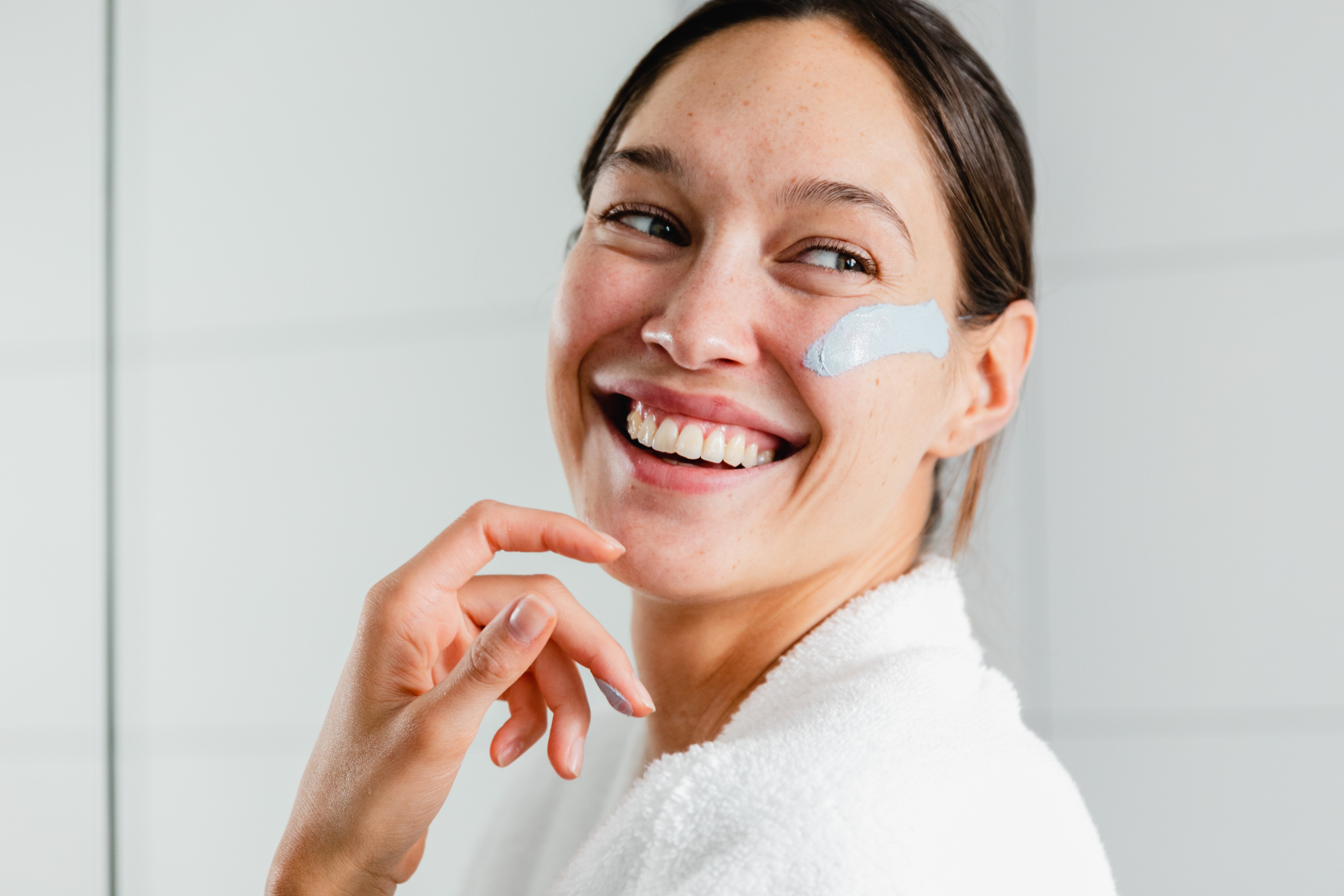How to determine your skin type!
08.05.2023

Knowing your skin type is important for maintaining healthy and glowing skin. It helps you understand what kind of products and ingredients to use, what to avoid, and how to care for your skin properly. However, determining your skin type can be confusing, especially if you're not sure what to look for. In this blog, we'll go over some easy ways to identify your skin type.
Normal Skin
Normal skin is well-balanced, not too oily or too dry, and has a smooth texture with small pores. If you have normal skin, your face will feel soft and supple with a healthy glow. You won't experience any significant breakouts or flakiness, and your skin won't feel tight or greasy.
Dry Skin
Dry skin feels tight, itchy, and may look dull or flaky. If you have dry skin, you'll notice that your face is easily irritated, and it may be prone to fine lines and wrinkles. Dry skin can be caused by genetics, climate, or overuse of skincare products that contain harsh chemicals.
Oily Skin
Oily skin has a shiny appearance and tends to be prone to acne, blackheads, and enlarged pores. If you have oily skin, your face may feel greasy to the touch, especially in the T-zone (forehead, nose, and chin). Oily skin is caused by an overproduction of sebum, which can be influenced by genetics, hormones, and diet.
Combination Skin
Combination skin is a mixture of dry and oily skin, where some parts of the face are dry, and others are oily. Usually, the T-zone is oily, while the cheeks, eyes, and mouth are dry. Combination skin can be tricky to manage because it requires a careful balance of hydrating and oil-controlling products.
Sensitive Skin
Sensitive skin is easily irritated by environmental factors, such as heat, cold, wind, or certain skincare products. If you have sensitive skin, you'll notice redness, itching, or burning sensations, and may be prone to allergic reactions. Sensitive skin can be caused by genetics, climate, or a compromised skin barrier.
Now that you know the five basic skin types, you can start identifying your own. Here are some simple steps to follow:
Wash your face with a mild cleanser and pat it dry with a clean towel.
Wait for an hour and avoid applying any skincare products or makeup.
Observe your skin in a well-lit room and pay attention to how it looks and feels.
Determine which skin type best describes your skin based on the characteristics we discussed above.
Remember, your skin type can change over time due to various factors, such as age, hormones, diet, and environment. So, it's important to reassess your skin type periodically and adjust your skincare routine accordingly. With the right skincare products and practices, you can achieve healthy, glowing skin regardless of your skin type.